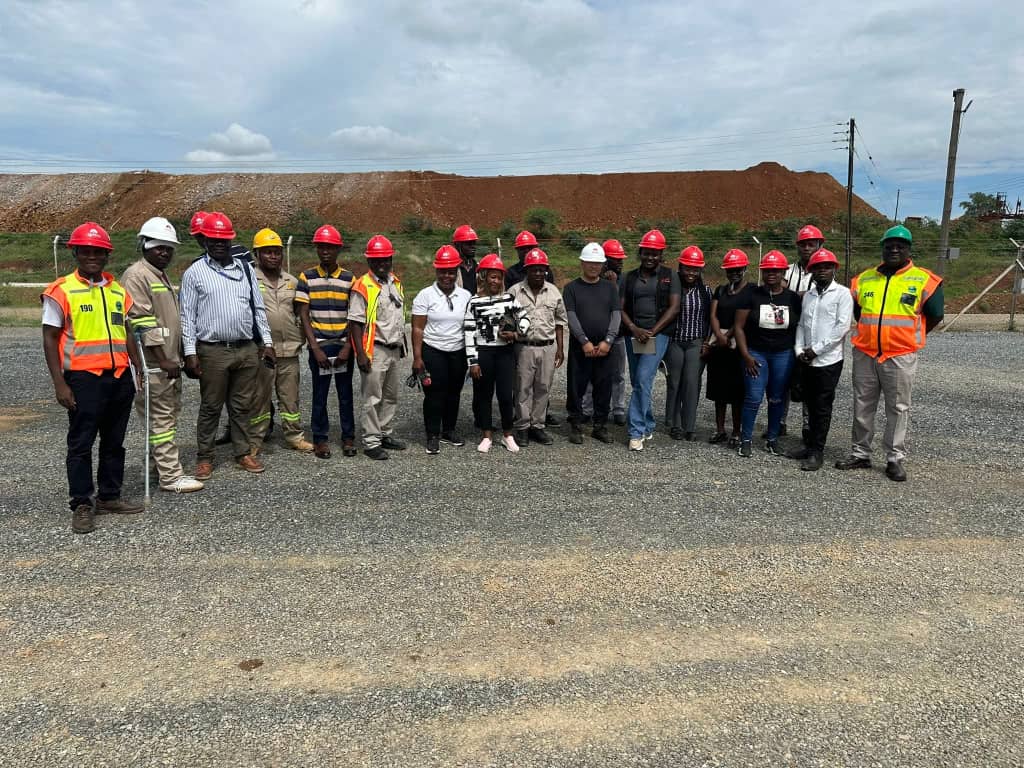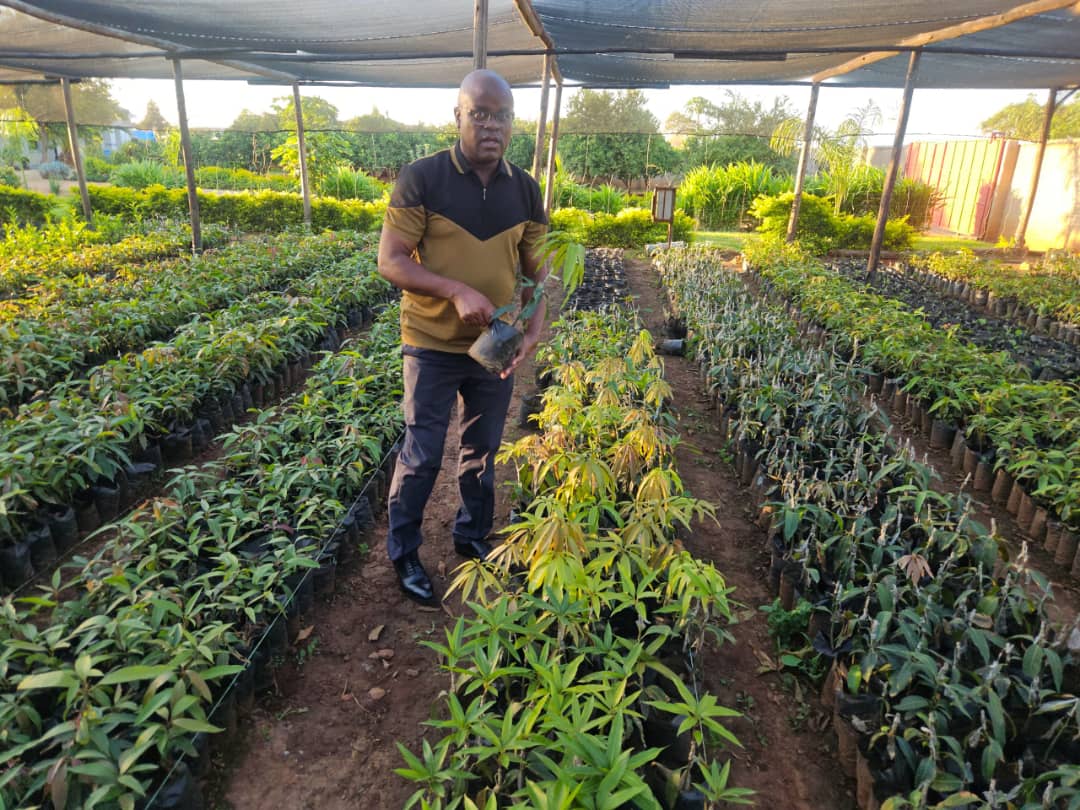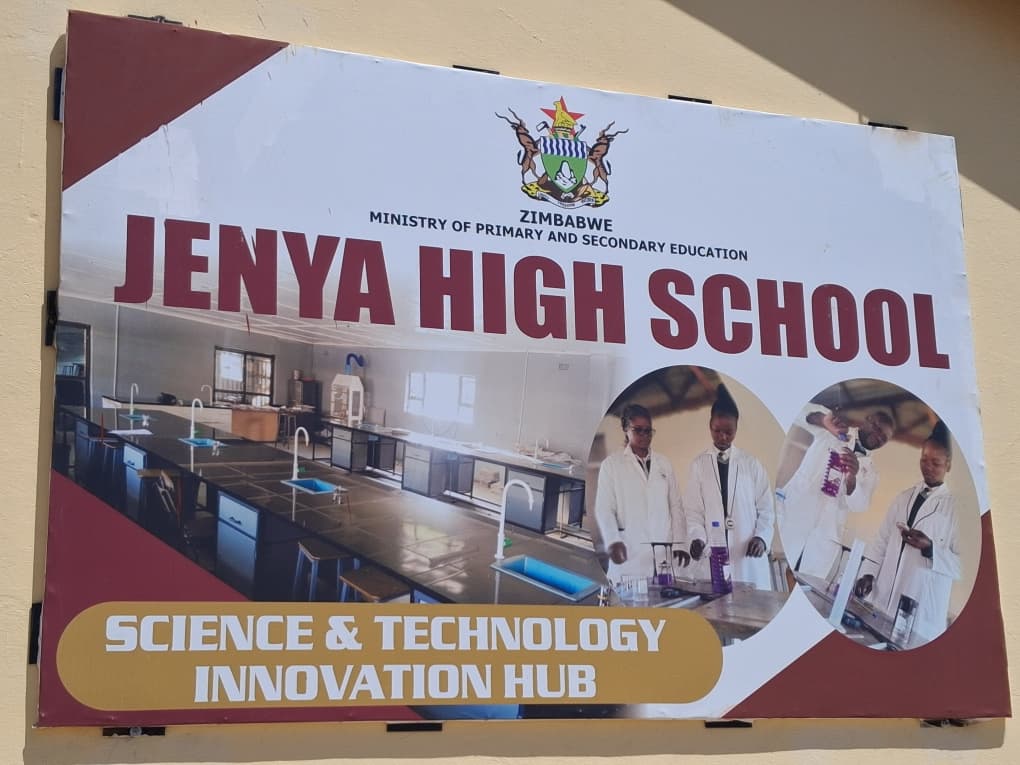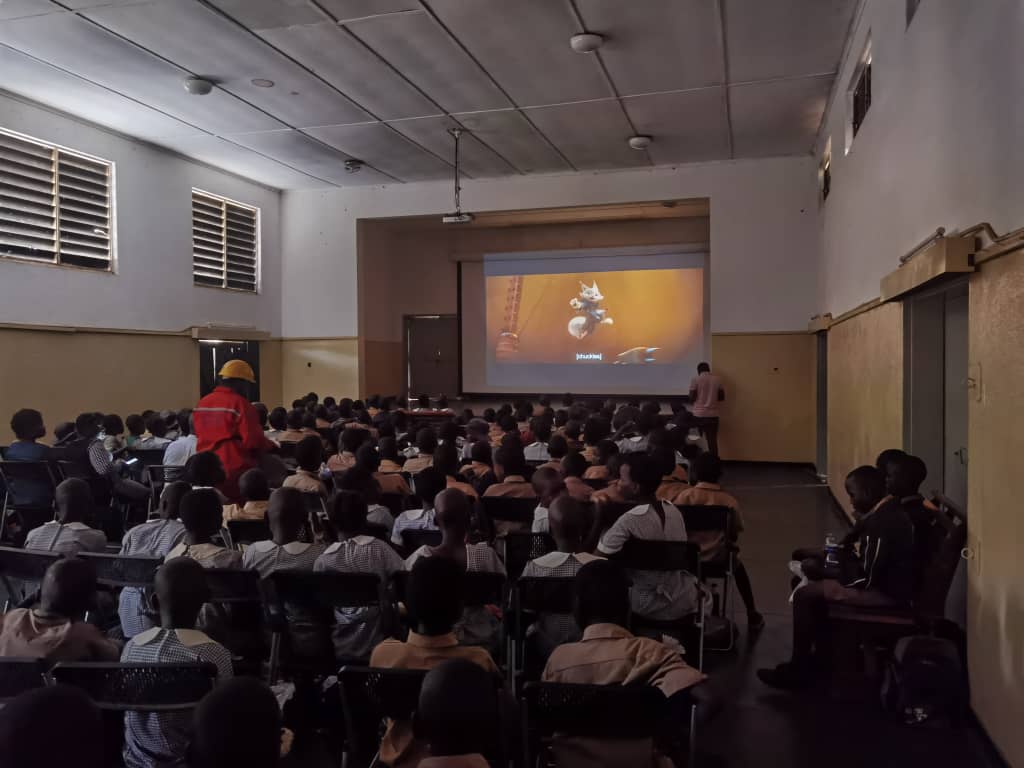…. as despair in subsistence agriculture rises
Rutendo Chirume
In rural Zimbabwe, women are primarily responsible for agricultural production, fetching water, and gathering firewood; roles place them on the frontline of climate change impacts since they become significantly harder during periods of drought.
In Mberengwa District, particularly in Ward 37’s Dining Farm, Village 3, prolonged droughts, erratic rainfall patterns, and intense heatwaves have decimated crops and livestock. With livelihoods disrupted, many women are turning to artisanal mining in the male-dominated camps along Dhove River.
Despite a government ban on alluvial mining, 22-year-old Nomsa Moyo, a mother of two, panning for gold has become a necessity, not a choice.
“On a day like this, we should be in the fields harvesting crops, but there is nothing meaningful there so we spend more time at the river trying to find gold. My husband is also works as an artisanal miner in Jeka, but he hardly supports us. The money we get from gold and occasional donor aid is all we have,” said the 22-year-old mother of two.
Moyo said many families were no longer able to feed themselves because of a lack of enabling rainfall.
Her story mirrors that of 51-year-old Sithulile Dube who now pans for gold to support her three grandchildren, having lost hope in farming due to the new difficulties.
“All my livestock died due to heat and drought. Without them, I can only dig small pieces of land and plant some maize but the poor rains mean the crops fail. The river is the only source of income we have left,” said Dube.
The country continues to face recurrent droughts and floods, largely due to climate change, as highlighted in the ‘At a Glance Report’ compiled by the Food and Agriculture Organization (FAO) Zimbabwe.

The 2023 African Union (AU)’s Comprehensive Africa Agricultural Development Programme (CAADP) Climate Impact Report warns that Zimbabwe, along with Zambia and Malawi, could see crop yield losses of 10–20% by 2050 if current trends continued.
Mberengwa District Development Coordinator, Vafios Hlabathi, acknowledged the ongoing challenges in curbing riverbed mining.
“Despite enforcement efforts, many women continue to pan for gold because it’s their only means of survival. It’s a cat-and-mouse game; they always return because they have no alternative. Their fields no longer produce much due to factors including climate change,” he said.
Mberengwa District Agritex Officer Brighton Makovere was of the view that while climate-smart agriculture was being promoted, its impact was limited due to poor funding and inadequate training.
“Mberengwa, like many districts, has not been spared by climate change. The 2023–2024 season was declared a national disaster. While climate-smart agriculture is encouraged, it hasn’t made a significant difference—most women haven’t received training or resources,” said Makovere.
Climate Action Network Zimbabwe Coordinator Wellington Madumira called for integrated approaches that supports rural women engaged in artisanal mining to enhance safety and health services.
“The threats to the health and safety of Zimbabwean rural women who work in artisanal mining are numerous and are made worse by climate change. Injuries from tools and equipment are common among women who perform physically taxing jobs like excavating and material transportation.
“In mining communities, harassment and violence against women can come from both internal and external sources. An integrated strategy is needed to address these issues, one that supports rural women engaged in artisanal mining by enhancing safety rules, offering health services, and putting climate resilience plans into action,” said Madumira.
According to the Gender Snapshot 2024 report for the Sustainable Development Goals, climate change has left 47.8 million more women facing food insecurity and hunger than men.
By 2050, it could push up to 158 million more women and girls into poverty—16 million more than the total number of men and boys affected.








